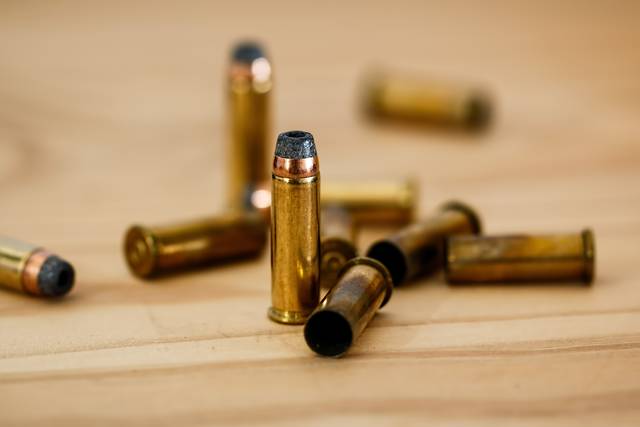https://staging.triblive.com/local/carlynton/john-oyler-life-of-female-soviet-sniper-explored/
John Oyler: Life of female Soviet sniper explored

The Bridgeville Area Historical Society opened the new year with one of its rare Sunday afternoon programs. The speaker was a young lady named Dana del Bianco who specialized in studying Stalinism at Carnegie Mellon University. Her subject was a Soviet hero of World War II, Roza Shanina, a decorated sniper.
Miss Shanina was born in Yedna, Russia in 1924 and educated at a pedagogical college in Archangelsk, Siberia. She was working in a kindergarten when war broke out and she joined the Red Army.
Miss Shanina entered the service in June, 1943, following the death of her brother in action. She was immediately identified as a potential sniper and did so well in training that she became an instructor at that academy. Her persistent requests for combat eventually resulted in an assignment as leader of a female sniper platoon in the 184th Rifle division in April 1944, just in time to join a counter-offensive near Vitebsk.
She immediately distinguished herself by killing 17 German soldiers “while subjected to artillery and machine gun fire.” She was rewarded by receiving the Order of Glory, Third Class, and having her portrait displayed on the front page of the Soviet newspaper “Unichtozhim.”
Her platoon then joined Operation Bagration which eventually drove the enemy out of Russia, across Lithuania, and into East Prussia, with major victories at Vilnius, Kaunus, and Konigsberg. Sgt. Shanina’s “kill” total reached 50 before she suffered a wound in her shoulder that took her out of action in December.
After a fast recovery she was back at the front by Jan. 8, 1945, just in time to learn that she had been awarded a second medal. This time it was the Order of Glory Second Class. With it came additional national publicity.
The speaker presented a number of photographs of the sniper, all apparently posed. They show a remarkably photogenic young blonde lady, sporting a dimpled smile. In each of them she is displaying her medals on her chest and is holding her rifle.
Ms. del Bianco made her presentation in a replica uniform very similar to the one in the photographs – neat cap, brown jacket complete with medals, dark skirt, and high boots. We assume this was a dress uniform, not the sniper’s regular work clothes.
Shanina was certainly a prime subject for the Soviet propaganda machine. The contrast between her angelic appearance and her achievements as a killer is ironic.
Her fame was short lived. On Jan. 27, 1945, she was severely injured by an artillery shell. She died a day later, a hero of the state.
During her presentation, the speaker frequently inserted statements verbatim from Shanina’s diary. For example, “If you know how passionately I want to be at the front and kill Nazis” suggests that she is evil, a cold-blooded assassin.
A thorough reading of the diary, however, paints a dramatically different picture. Shanina comes across as a prototypical young single woman, beset with social problems and stuck in a job full of highs and lows. One wonders what she was really like.
The Society’s next program meeting is scheduled for Sunday, Feb. 23, at 1:30 p.m., in the Chartiers Room of the Bridgeville Volunteer Fire Department. Dr. John Aupperle’s subject will be “The Matriarch: A Life of Barbara Bush.”
Copyright ©2025— Trib Total Media, LLC (TribLIVE.com)
